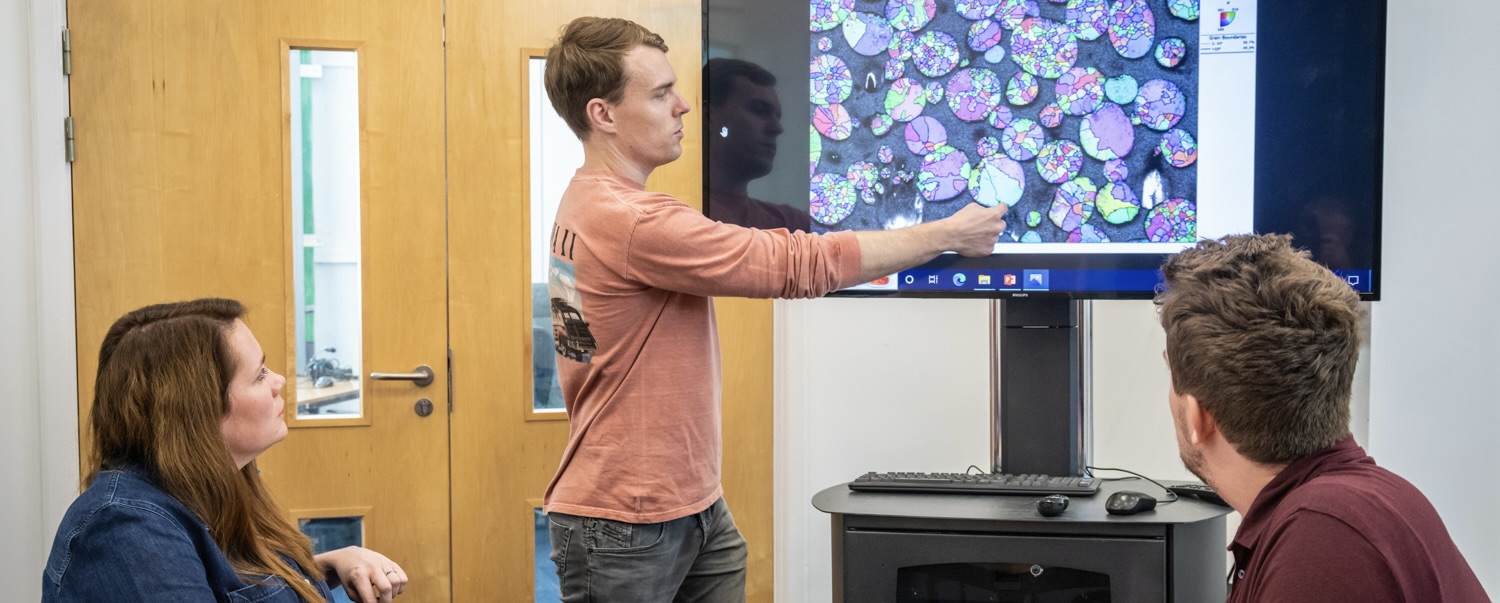We find ourselves at a critical time for humanity.
We have many challenges facing us all, such as the climate emergency, food shortages, and energy shortages. They have ramifications for the whole world. And if there’s one thing that can help tackle those challenges, it’s innovation.
Manufacturing holds the key for that innovation, because not only can it provide technologies and goods that allow us to meet our global-scale challenges, but it can also reshape the way we live.
Manufacturing isn’t just about making goods. Historically, it has been closely linked to social progress, too. Just think about how the likes of Joseph Rowntree in York and Titus Salt in Bradford built model villages to improve the lives of their employees. Rowntree’s New Earswick and Salt’s Saltaire both still stand today as great places to live and work.
With humanity facing so many challenges, shouldn’t we bring that sense of a greater good back to manufacturing?
Let’s focus not just on the technologies that we produce, but also the impact that they have on the world.
Companies create all sorts of amazing technologies, but we don’t always consider how they impact our societies and people. Problems like climate change, or energy shortages, or renewable energies for transport have not been solved yet. And fundamentally, that’s not down to the technology, but the way that we think.
That’s why we set up Atomik; to allow other businesses to thrive and be innovative by not only having an understanding of state-of-the-art technologies, but by providing a new cognitive process that allows those technologies to be liberated with a solution-focused approach.
What is solution-focused practice?
We’re problem focused as human beings because that’s the way we’ve evolved. When problems arise, we find ways to deal with them, just like our ancestors did, whether we were hunting for food in ancient times or tackling a flood today.
But we’ve now created a world in which that problem focused approach no longer serves us well. Think about the shift to electric cars. That’s come about because of the need to move away from fossil fuels. But to solve the issue, we’ve just put batteries in cars as we know them.
Rather than say ‘how do we stop cars relying on fossil fuels?’, what we should be saying instead is ‘what would a better transport system look like?’
We act as if cars as we know them are the best form of transportation humanity can achieve. Traffic jams and road deaths would suggest that’s not true.
If we think much more holistically, we won’t have as many issues or problems further on down the line.
A problem focused approach is very insular. We might solve a single issue, but unless we consider the larger ramifications of our actions, we could cause bigger problems that might not be obvious for years to come.
So we need a different mindset. That mindset is solution-focused practice.
Solution-focused practice came from the world of counselling. Counsellors found that asking people to dwell on the trauma of their past wasn’t effective. Instead, they began to ask ‘if your life was better tomorrow, how would you know it was better, what would be going on around you?’
The past has made us who we are, but it doesn’t define us. We can choose what our future looks like by thinking clearly about what we want and using the best parts of our past as a foundation. That mindset is known as solution-focused practice.
Solution-focused practice is now being translated into many other contexts. At Atomik, we’re one of the first to take this approach in manufacturing, but think about the impact it could have if it spread more widely.
Rather than developing a technology and then thinking of uses for it, we could change our thinking to drive much more impactful innovation, much more quickly.
How we changed a technology with solution-focused practice
Let’s take a look at a specific example from manufacturing: binder jetting is a type of 3D printing technology that has been around for decades. It involves printing polymeric glue from a printhead onto a powder bed made up of a metal, a ceramic, or a polymer.
It’s a reasonably fast process, but it hasn’t really improved since it was invented. The polymeric glue is a good binder but it needs to be removed afterwards before the manufactured product can be used.
We took a fresh look at binder jetting from a solution-focused point of view. If it worked well, what would it look like? The binder wouldn’t cause problems with the finished product, and the production process wouldn’t involve long sintering cycles at high temperatures.
To achieve that, the binder would need to be multifunctional, becoming an integral part of the overall functional product. To do that, it needs to be made of metal or ceramic, or it needs to at least turn into metal or ceramic.
So we developed a series of binders that not only bind but that also infiltrate and change the functionality of the powders in the powder bed. In conventional binder jetting, the polymer is only there to glue materials together, so all the material properties have to come from that powder bed. But with a solution-focused approach, we look at the binder differently and view it as an integral part of the process and the finished product.
That gives us opportunities to develop a much better binder jetting process. For example, we can add metal nanoparticles to fill in the pores that cause problems with traditional binder jetting. And we can start binding the powder beds with chemistries that mean the manufacturing process can happen at lower temperatures, giving us more control of the materials.
Building a better future with solution-focused practice
Solution-focused practice is becoming more popular in the manufacturing world. Companies like Fujifilm use it, and you can use it too. At Atomik, we provide specific training to help you shift your approach and processes to incorporate solution-focused practice. We can conduct solution focused innovation projects with you, offering the ability to incorporate our own patented technologies into your work.
By thinking holistically about how to do things better from a fundamental level, we can all help make sure our future is fit for purpose.
Shouldn’t our children inherit and thrive on a planet that is happy and safe? Solution-focused practice is the route to achieving that, and that’s why it’s at the core of what we do at Atomik.
If you’ve tried doing innovation one way and it’s not working so well, what’s the harm in even just 10% of your company trying it a different way and seeing what wins you can achieve?



